COLUMBIA
|
COLUMBIA |
|
|
|
|
NAME:
Columbia COUNTY: Tuolumne ROADS: 2WD GRID #(see map): 3 CLIMATE: Cool winter, warm summer BEST TIME TO VISIT: Anytime |
COMMENTS:
North of Sonora east of highway
49, Semi-ghost. Great article on Columbia. REMAINS: Many original buildings. |
|
Not known for its peaceful environment but more for taking the law into its own hands, Columbia had its share of lynching parties and other forms of violence common in towns of the early West. Columbia was not the town's first name. It was first referred to as "Hildreath's Diggings." Dr. Thaddeus Hildreath and a few other prospectors are given credit for discovering the gold site, later named Columbia. It was on March 28, 1850 that Hildreath and his friends came across a gulch that yielded them $4,680 in gold during the next two days. When word spread about the find, the population went from nothing to 5,000 during the next month. There followed a frenzy of construction and hundreds of frame buildings were erected all of which were soon destroyed by fire. Brick buildings replaced the flimsy wooden structures until the next decade when it was discovered the ground upon which they rested contained a wealth of gold. Down came the buildings, one by one, until over half the buildings in town had been torn down, save one, St. Anne's Church. After the gold rush was over, the town did not die. Many of its original buildings remain including the first public high school building, one of the oldest in California. Columbia is now a State Historical Park and is a must on your "to see" list. It is located north of Sonora east of highway 49. Submitted by Henry Chenoweth. South of Murhpy's a short distance is Columbia, known as the gaudy showplace of the Mother Lode. She is today the ghost town supreme to Californians. In 1945 the state park system took over the crumbled camp and restored her faded charm as a monument to California's golden era. Nearby Sonora was born in the summer of 1848, but two years passed before prospectors struck the Columbia treasure. In two days, the discoverers took out thirty pounds of gold worth some $4,680 and started one of the biggest stampedes of the Gold Rush. Within a month, population jumped from zero to 5,000—one of the most tumultuous rushes on record. 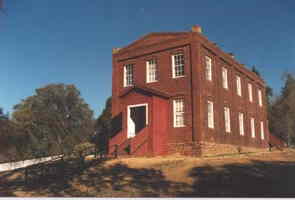 Old School House 1860 - was one of the first public school houses in the state Courtesy Dolores Steele 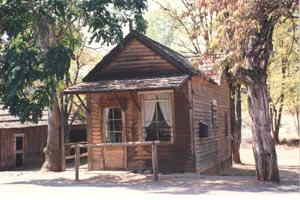 Columbia Courtesy Dolores Steele 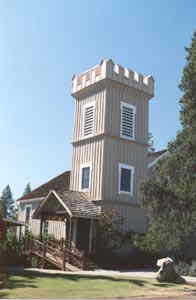 St. Andrews Presbyterian Church Courtesy Dolores Steele  St. Anne's Catholic Church Courtesy Dolores Steele 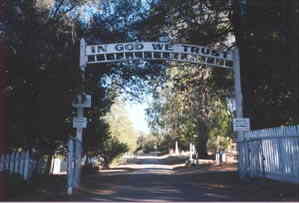 Columbia Public Cemetery Courtesy Dolores Steele 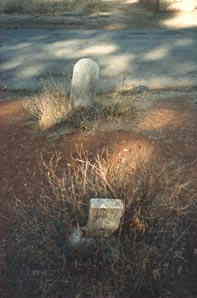 Columbia Courtesy Dolores Steele
|
|
|---|
|
|